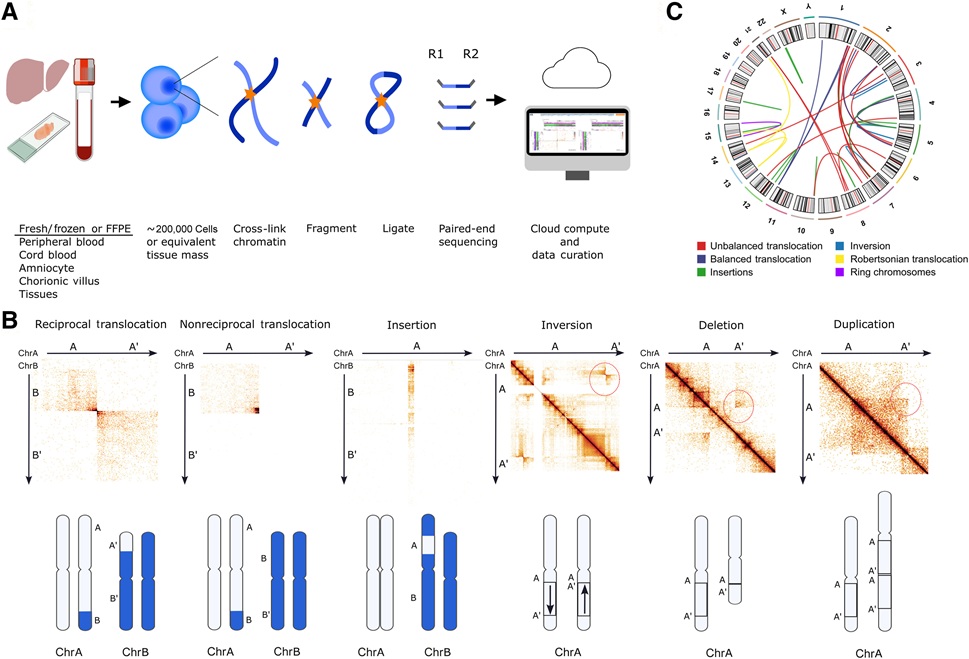Rare Bone Tumors Distinguished by Specific Histone Mutations
By LabMedica International staff writers
Posted on 07 Nov 2013
British cancer researchers have identified two mutations that seem to be limited to distinct types of rare benign bone tumors.Posted on 07 Nov 2013
Investigators at the Wellcome Trust Sanger Institute (Cambridge, United Kingdom) and colleagues at University College London (United Kingdom) initially sequenced the full genomes of six chondroblastoma tumors. Chondroblastoma is a rare slow-growing, usually benign bone tumor.

Image: Very high magnification micrograph of a chondroblastoma (H&E stain) (Photo courtesy of Wikimedia Commons).
The investigators found that in 73 of 77 cases (95%) of chondroblastoma, the H3F3B gene (one of two genes for the histone H3.3) was mutated at the number 36 amino acid with lysine being replaced by methionine.
In contrast, in 92% (49/53) of giant cell tumors of bone, they found histone H3.3 alterations exclusively in the H3F3A gene, with the number 34 amino acid, glycine being replaced by tryptophan or, in one case, by leucine. The mutations were restricted to the stromal cell population and were not detected in osteoclasts or their precursors.
"Our findings will be highly beneficial to clinicians as we now have a diagnostic marker to differentiate chondroblastoma and giant cell tumor of bones from other bone tumors," said senior author Dr. Adrienne Flanagan, professor of pathology at University College London. "This study highlights the importance of continuing to sequence all types of human cancer."
"We are extremely grateful to our patients and collaborators, without their help we would not have been able to study these extremely rare diseases," said Dr. Flanagan.
The findings were published in the October 27, 2013 online edition of the journal Nature Genetics.
Related Links:
Wellcome Trust Sanger Institute
University College London




 assay.jpg)









